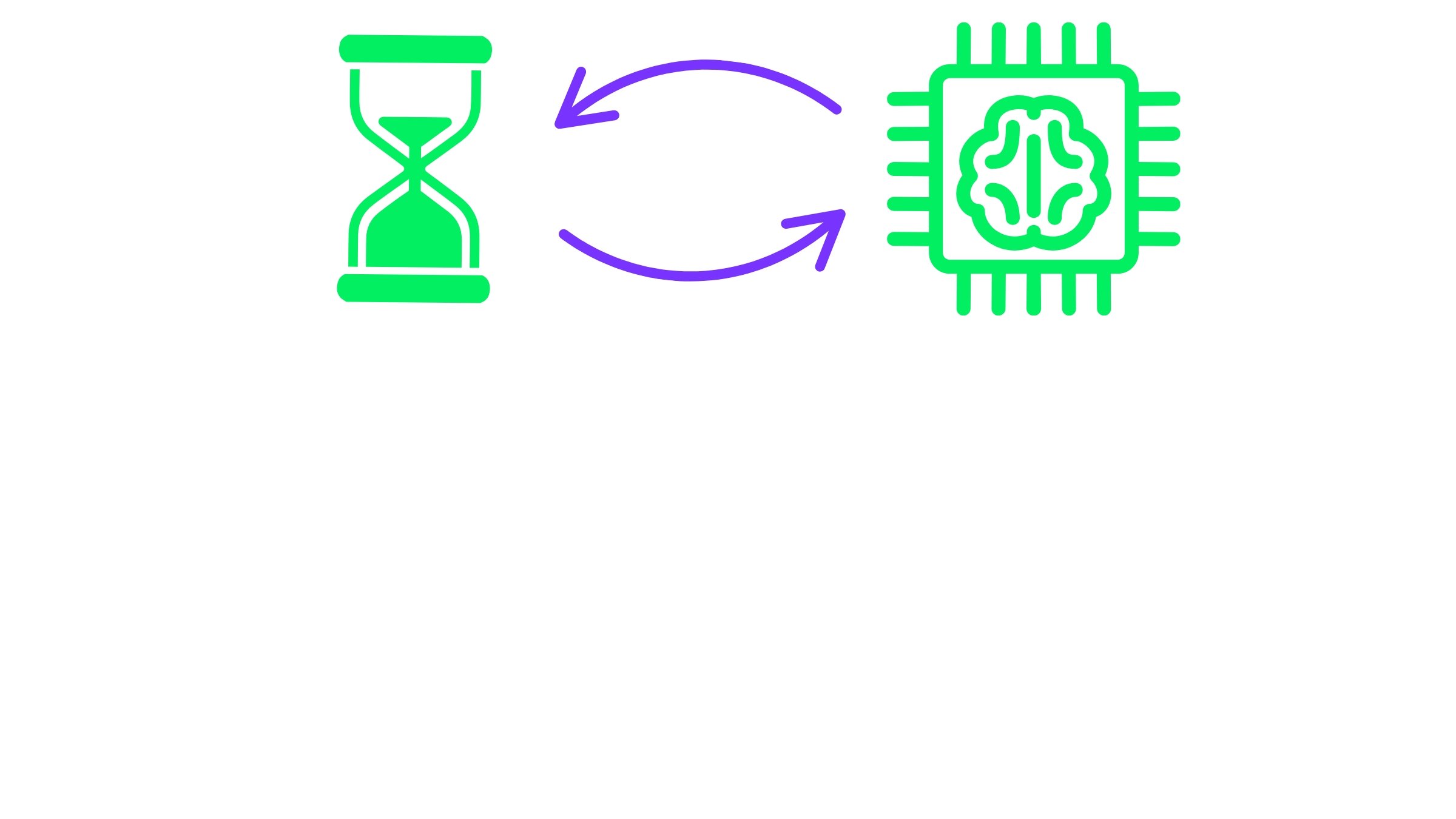Big-O notation: space complexity
Optimizing Code in Java

Pavlos Kosmetatos
Lead Engineer @Wealthyhood
What is space complexity?
- Time complexity described how input size affects runtime
- Space complexity describes how input size affect memory usage
Understanding space complexity is crucial for building applications that:
- Only use the right amount of memory, and not more
- Avoid crashing with errors such as
OutOfMemoryError
Big-O Notation
Notation is identical to time complexity.
Some common complexity classes:
O(1): Constant time - size-independentO(n): Linear time - grows with input sizeO(n²): Quadratic time - grows quadratically with input size
A maximum-finder method
public int findMax(int[] array) {
int max = Integer.MIN_VALUE;
for (int value : array) {
if (value > max) {
max = value;
}
}
return max;
}
Whether our array of integers has 10 elements or 10 million, we still only use memory for one single variable,
maxThe space complexity is
O(1)or constant space
A doubling method
public int[] doubleValues(int[] array) {
int[] result = new int[array.length];
for (int i = 0; i < array.length; i++) {
result[i] = array[i] * 2;
}
return result;
}
- If our input has
nelements, we need space fornadditional elements - The space complexity is
O(n)because the extra memory needed grows linearly with the input size
A multiplication table method
public int[][] multiplicationTable(int n) {
int[][] table = new int[n][n];
for (int i = 0; i < n; i++) {
for (int j = 0; j < n; j++) {
table[i][j] = (i + 1) * (j + 1);
}
}
return table;
}
- If
nis 10, we need 100 cells; ifnis 100, we need 10,000 cells - We classifly this as
O(n²)
Why is space complexity important?
Memory is a finite resource!
Our previous examples in action, for an input size of 10,000 elements:
findMax,O(1)-> just a few extra bytesdoubleValues,O(n)-> around 40KB of extra memorymultiplicationTable,O(n²)-> around 400MB of extra memory

Space complexity vs. time complexity
Don't forget:
- Sometimes we trade space for time
- Sometimes we trade time for space
- The right choice depends on your specific constraints

Let's practice!
Optimizing Code in Java

